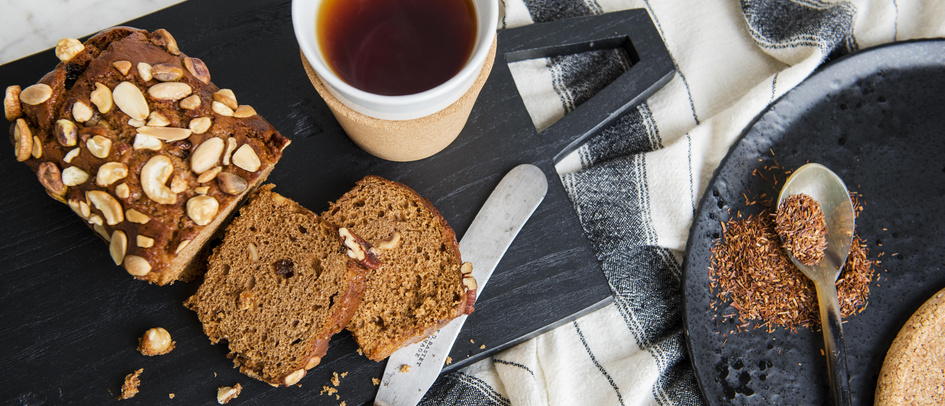As you may already know, tea originally comes from China. Thousands of years ago, Emporor Shen Nung discovered tea through leaves in the forest. Later Japan also came into contact with tea through China. The first mention of tea in foreign literature comes from 1559, when it was discovered by the Portuguese in Japan. For the smart ones among us, this was during the travels for the VOC. A small amount of tea came to the Netherlands around 1610 out of pure interest and curiosity. It was not until later in the 17th century that the VOC started shipping larger quantities of tea to the Netherlands. This tea came from Batavia (Dutch East Indies, now Jakarta), where the tea was brought from China.
Tea plantations were built by the Dutch on Java and Sumatra. The English in turn did the same in India and Sri Lanka. Until the 18th century, tea was a very expensive drink and was only consumed by rich people.
After water, tea is the second most consmed drink in the world. Tea lovers in the Netherlands drink about 3.5 million liters of tea per day. This equates to almost 3 cups of tea per day and 100 liters of tea per year. There are an estimated 1500 different teas, and each person has their own favourites. But what are the most famous and best-selling blends in the Netherlands?
English Breakfast
English bled is one of the most popular strains in the world. This blend is not from England, it is only named this way because the British love to drink this tea during their Afternoon Tea. This mixture consists of different teas: Assam, Ceylon, and black tea from Kenya. English Breakfast is a full, rich tea that goes well together, how could it be otherwise, with milke and sugar.
The English Blend from Tea Cultures is a packaged tea from the Tea Leaves Collection. This blend comes form various plantations in Sri Lanka and has powerful taste and slightly spicey aftertaste. The Classic Strong English is a loose leaf tea and is full of flavour. This is a blend from Sri Lanka and Assam.
Earl Grey
Earl Grey is a blend of the Indian teas Darjeeling, Assam, Nilgiri and Ceylon tea. This is mices with the oil from the bergamot plant, giving it a citrusy undertone. This flavour is named after Charles Grey, who was a British Prime Minister at the beginning of the 19th century. Earl Grey is also a very popular tea and is often consumed during breakfast.
Black tea from Sri Lanka and oil from the cold, pressed peel of the unripe bergamot fruit. This explanations is of the Pure Earl Grey. The Traditional Earl Grey is a loose leaf tea that also contains the oil of the bergamot. With a fresh taste and full flavour, this is a tea that cannot be missed.



